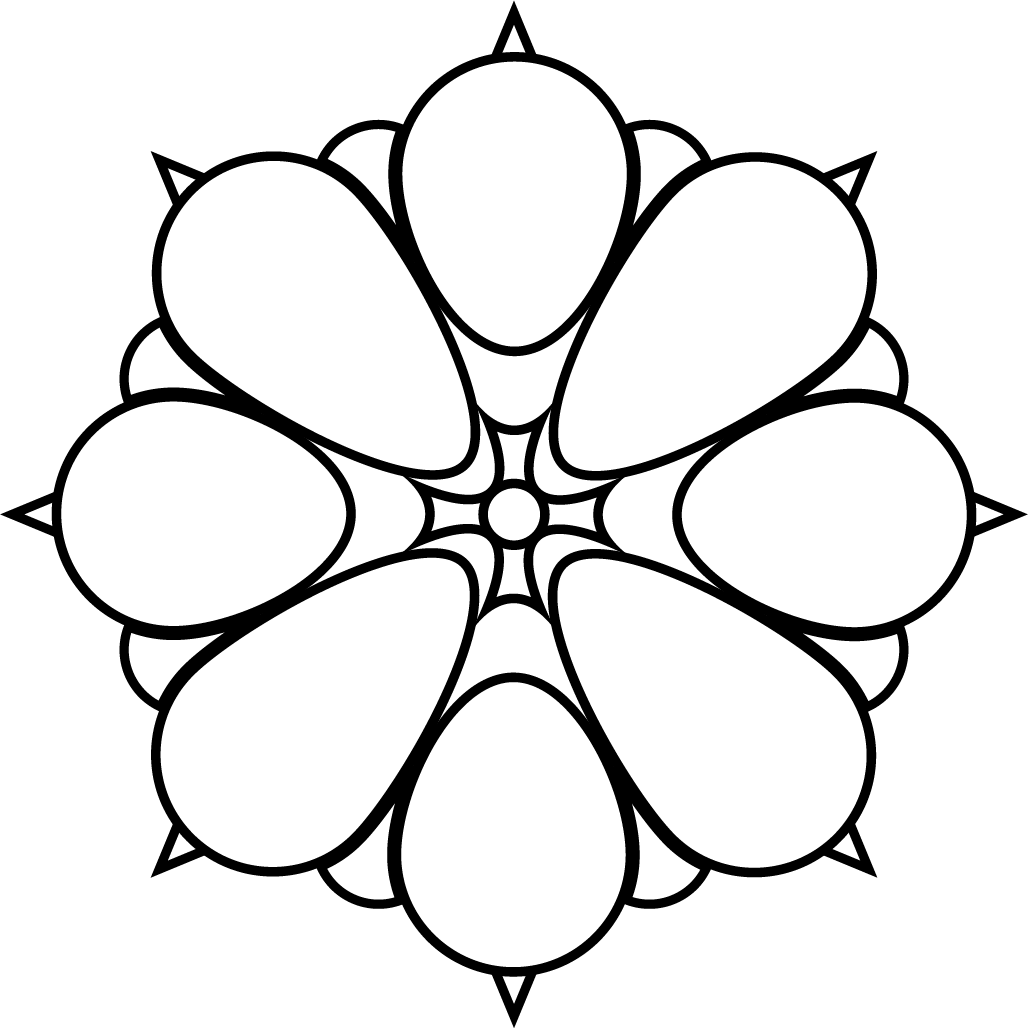The use of Trichocereus (syn. Echinopsis in the broad sense) as rootstock in cacti is a well-established strategy in advanced collecting and nursery production. Its vigor, relative cold tolerance, robust root system, good diameter stems, and ease of handling make it a solid foundation for accelerating growth, rescuing valuable material, or multiplying crested and variegated forms.
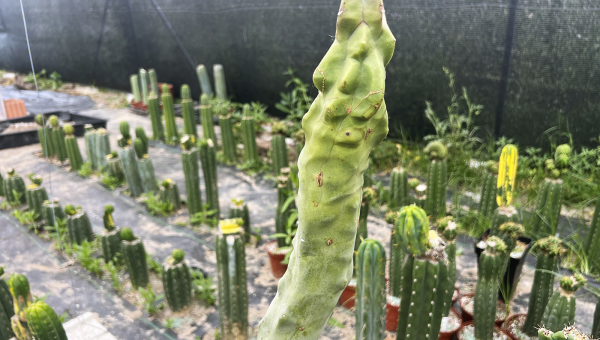
Permaculture is a design methodology focused on creating ecologically balanced and sustainable systems. In this context, the Trichocereus cactus genus (also known as Echinopsis), which includes species like the famous San Pedro cactus (Trichocereus macrogonus var. pachanoi), emerges as a valuable ally in permaculture-based agriculture.
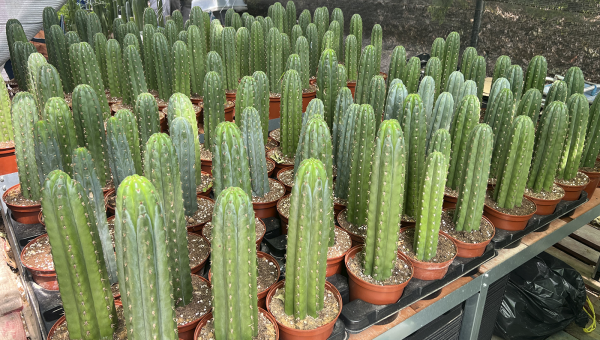
Trichocereus cacti, especially Trichocereus pachanoi, are resilient and beautiful plants that require careful handling during transport to avoid damage and stress. Below is a complete guide to safely and effectively transporting your Trichocereus, ensuring a smooth transition and preserving the plant’s health.
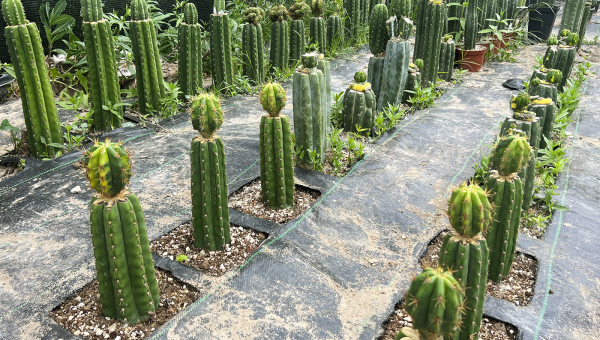
The Trichocereus genus is known for its species diversity and adaptability to various environments. Native to South America, particularly regions of Bolivia, Chile, Ecuador, and Peru, these cacti grow at altitudes ranging from 2,000 to 3,000 meters. Their uses are broad—ranging from ornamental to traditional medicinal purposes in Andean cultures—highlighting their ecological and cultural significance.
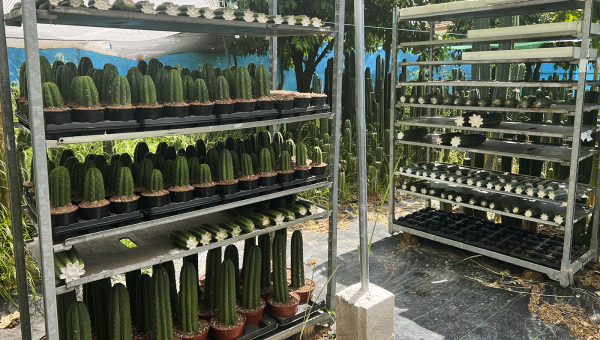
Trichocereus, known for its resilience and adaptability, is a genus of cacti native to South America, especially thriving in mountainous regions of countries like Bolivia, Ecuador, and Peru. Among its species, the Trichocereus pachanoi (commonly known as the San Pedro cactus) stands out not only for its striking appearance but also for its traditional use in medicine and spiritual rituals. However, to achieve abundant flowering and maintain healthy growth, it’s essential to follow specific gardening practices and care routines.
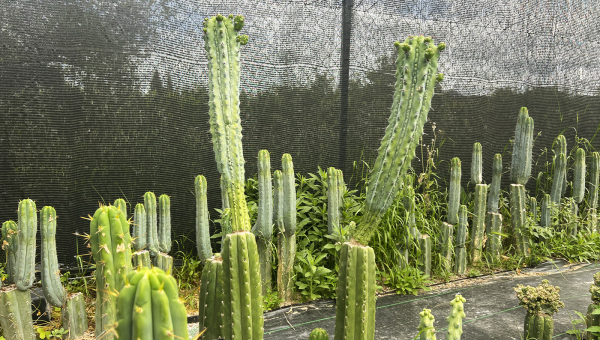
Photographing cacti, especially species of the Trichocereus genus, offers a unique opportunity to capture nature’s raw and vibrant essence. Known for their impressive size and striking nocturnal flowers, Trichocereus cacti are native to South America—mainly the Andes—and have become fascinating subjects for photographers, botanists, and gardening enthusiasts alike.

Cacti, including the hardy Trichocereus, are not immune to fungal diseases that can threaten their health. These diseases, often caused by excess moisture or poor ventilation, can damage roots, stems, and leaves. Knowing how to prevent and treat fungal infections is essential for maintaining a thriving cactus.
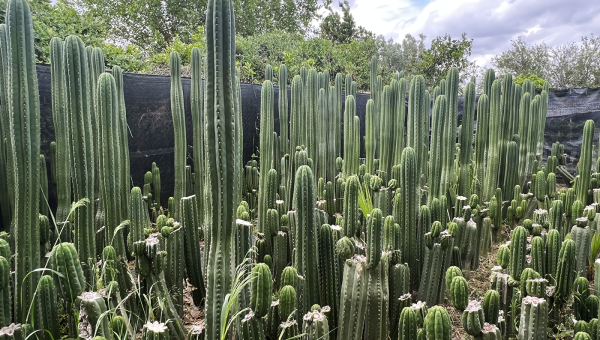
Trichocereus, a genus of cacti native to South America, has attracted interest not only for its ornamental beauty and medicinal properties, but also for its potential to contribute to climate change mitigation. In this article, we explore how this cactus can play a role in addressing the climate crisis—focusing on its ability to act as a carbon sink, its traditional uses, and its potential in sustainable cultivation.
Transplanting a Trichocereus is a straightforward task when done with care, ensuring the cactus continues to thrive. Whether you're moving it to a larger pot or refreshing the soil, handling the plant correctly minimizes the risk of damaging its roots.
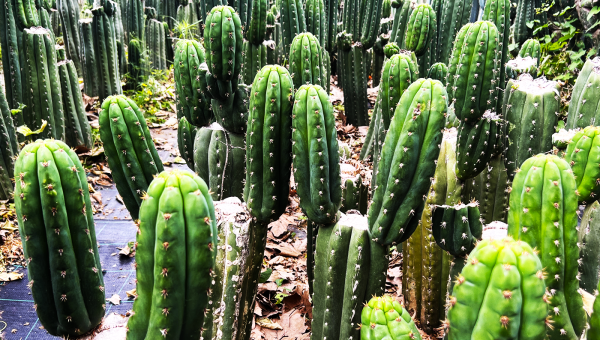
Trichocereus is a genus of cacti native to South America, widely appreciated for its striking beauty and medicinal properties. Commonly known as San Pedro cacti, these plants are popular among collectors and ornamental gardeners alike. One of the most effective methods for propagating Trichocereus is through cuttings.
The Trichocereus, commonly known as San Pedro cactus, is a striking and resilient plant that offers numerous advantages for your outdoor spaces. Whether in a garden or on a terrace, this cactus brings both beauty and practical benefits. Its unique vertical structure, low maintenance needs, and drought tolerance make it an ideal choice for gardeners seeking a blend of visual impact and sustainability.

Soil pH is a crucial factor that directly influences plant health and growth—especially for cacti of the Trichocereus genus. Known for their resilience and striking appearance, Trichocereus species require an appropriate environment to truly thrive. Understanding how soil pH affects Trichocereus is essential for any grower or enthusiast, as improper pH levels can lead to significant problems in development and overall plant vitality.
A robust Trichocereus needs the right soil conditions to thrive. Proper soil preparation ensures optimal growth, helps prevent root rot, and provides essential aeration and nutrients.



